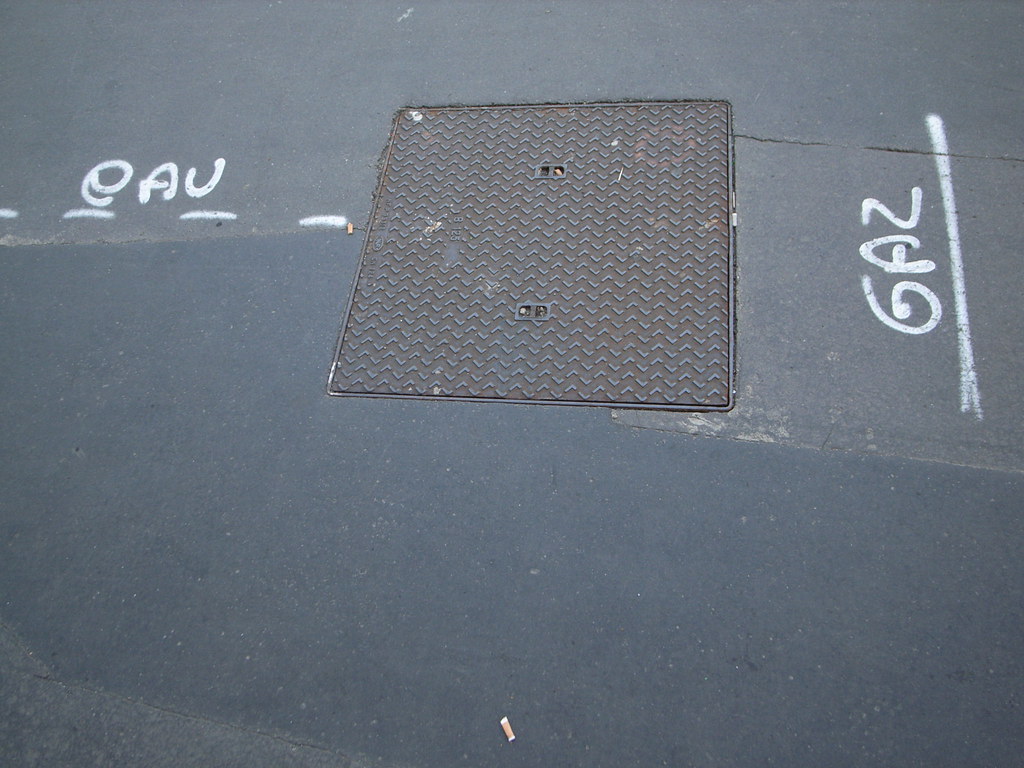 (picture taken in Lyon few weeks ago; in english: "eau" is water, and "gaz" is gas)
(picture taken in Lyon few weeks ago; in english: "eau" is water, and "gaz" is gas)
"ubiquitous computing technologies are ones through which people encounter and come to understand infrastructures. As Star notes, infrastructure is “sunk into” other technological systems and systems of practice. Mainwaring et al have noted that infrastructure may itself be a site for negotiating social roles or for marking social categories, but our concern here is more the ways in which infrastructure manifests itself as an aspect of experience. The presence or absence of infrastructure, or differences in its availability, becomes one of the ways in which spaces are understood and navigated. At conferences or in airports, the seats next to power outlets are in high demand, and in a wide range of settings, the strength of a cellular telephone signal becomes an important aspect of how space is assessed and used. As we develop new technologies that rely on physical but invisible infrastructures, we create new ways of understanding the structure of space"
Williams, A., Kabisch, E., and Dourish, P. (2005). From Interaction to Participation: Configuring Space through Embodied Interaction. In proceedings of the International Conference on Ubiquitous Computing (Ubicomp 2005) (Tokyo, Japan, September 11-14), 287-304
On a different note, what about the visibility of infrastructures, how to make flows more explicit? (this is rather a not for myself).